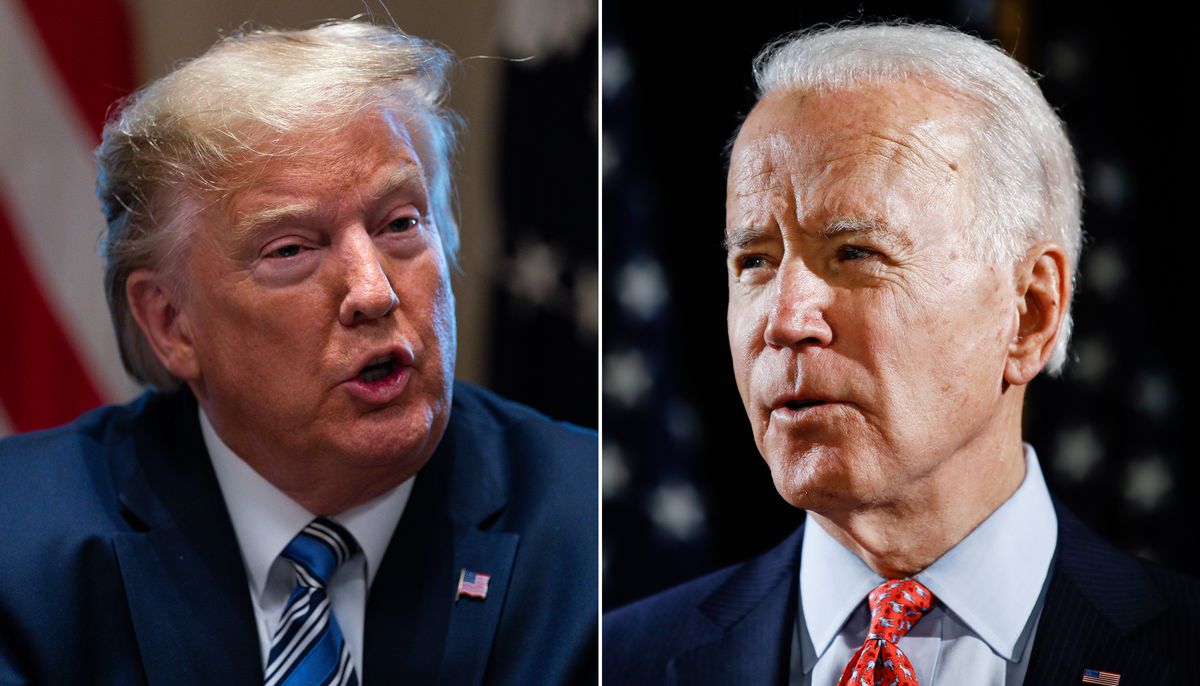The United States 2020 election has already seen a historic turnout of voter participation compared to votes cast in 2016, due to increased levels of early voting and unprecedented demand for mail-in voting.
Voting booths opened Tuesday morning for the Election Day voting in the US presidential election between Democrat challenger Joe Biden and incumbent President Donald Trump.
Polling has shown Biden with a significant overall lead nationally, but Trump remains a threat in battleground states where he could receive the electoral votes he needs to win.
For instance Florida, America’s largest swing state, is showing a fierce electoral battleground where neither presidential candidate enjoys a clear advantage while across the globe, people wait to see who will emerge as leader of the super-world.
“Florida, which started vote counting two weeks ago, has indicated it may be able to provide a projection early in the evening. Florida is a critical race, it is not decisive but it is highly predictive. If Biden wins Florida, the Trump path to re-election is very narrow and if Trump wins Florida then again there is a narrow path but more opportunities,” said a political expert, Professor Meena Bose, Executive Dean for Public Policy and Public Service Programs at the Peter S. Kalikow School of Government, Public Policy and International Affairs while addressing global journalists covering the US elections virtually Monday.
Prof Bose, also Director of the Peter S. Kalikow Center for the Study of the American Presidency, at Hofstra University said states that voted for Trump in 2016 are key to his re-election, as he won 306 electoral college votes.
“He cannot lose more than two states, without falling below the required 270 votes. If Florida changes then Trump’s path to election victory becomes very narrow. If a state like Texas shows Trump ahead but in a margin of error and shifts to Democratic then the election is pretty much over,” she said.
“There are no states at this point that are really viewed as in contention to shift from Democrat to Republican. The question is whether some of the states with Republican voters will shift to Democratic. That’s why there are many routes for the Biden campaign and fewer or narrow routes for Trump’s re-election.”
Prof Bose said people are interested in knowing how key demographics voted such as the Suburban versus Urban and Rural voters; party affiliation – how independents voted; how college educated versus non-college educated turned out; the age -above 65 years versus 30 to 35 and younger; gender; race and ethnicity – Whites, African American, Latinx – which ascertained how Biden is doing against President Trump
“The poll excitement begins at 6pm when polls close in Indiana and Kentucky. Florida has two time zones, the first closes an hour later and that’s when we see the first significant results that we are looking out for from the swing states,” she said.
Prof Bose said for the most part voting was managed by the states and guided by the Covid-19 pandemic.
“After Covid-19 was declared a pandemic, we saw long lines of voting, ballot requests and extra time. We saw a lot of questions whether people will vote in person or absentee, in the general election, what the safety measures would be, time needed to count the results and states have made these decisions,” she said.
Prof Bose confirmed 2020 was witnessing a historic turnout, from the 138.8 million votes cast in 2016 to 150 million or more in 2020.
“In 2020, we have seen reports that we have surpassed the 2018 early voting, a week before the voting. The number was now actually close to 94 million three days before the election. Absentee ballots are expected to triple from what they were in 2016, from less than a quarter to possible three quarters,” she said.
The political expert added that for the first time in American history, more votes are likely to be cast before the election than Election Day whether by absentee or by early voting.
“We see most states and some depending on rules that were created for 2020. A majority of states are offering in person voting, five states offering all mail in voting. Colorado, Oregon and Washington D.C had all those previously. Hawaii and Utah added them this year and under a half of states offered weekend voting,” she said.
Prof Bose explained that early voting referred to going to a polling station and voting in advance while absentee vote is receiving your ballot in the mail, which could be received from the Board of Elections upon request.
“You request to receive it by mail and return it, either at an early voting location of the Board of elections or putting it in your mail. The vast majority of states, close to three quarters allowed absentee voting for everyone in 2020. Nine states in Washington DC actually mailed ballots directly to all registered voters and seven states still required an excuse for absentee voting in 2020. States such as New York are permitting the Covid-19 pandemic as a reason to vote absenteeism,” she said.
On the processing and counting of votes, Prof Bose said most states around 80 percent permitted some vote processing before Election day.
“Six states including key states of Pennsylvania and Wisconsin permit processing, which means opening the ballot taking out the mailing envelope, the sleeve, having the ballots ready for the counting permitting process on Election Day,” she said.
As for counting the votes, 17 states including Florida and Arizona permit counting to begin before Election Day, said the political expert.
“16 states permit counting to begin before the polls close on Election Day. 17 states in Washington D.C require counting after the polls close. This means that on Election Day it could be a long election night depending on when the polls close and which states are able to return results,” Prof Bose said.

